The underlying core technology of the Bitcoin system--blockchain, as a kind of decentralized (open, flat, equal, system structure without mandatory central control) database technology, has begun to enter people's field of vision in recent years. . As an "Internet +" smart energy product with multiple energy integration, information physics integration and multi-market integration, Energy Internet has also received extensive attention from academia and industry. "Internet +" Smart Energy seeks to establish "a new form of energy industry development with deep integration of the Internet with energy production, transmission, storage, consumption and energy markets" to achieve "equipment intelligence, multi-functional synergy, information symmetry, supply and demand dispersion, systems Flat, open trading." Blockchain technology itself is innovating the traditional Internet landscape and model, and ensuring trust as the core to promote efficient operation in many aspects such as trading and certification. Similarly, blockchain technology will promote multi-form energy and the coordination of various participating entities in the era of energy Internet, promote the further integration of information and physical systems, and realize diversification and low cost of transactions.
Blockchain technology
A blockchain is a data structure formed by the orderly linking of blocks. A block refers to a collection of data, and related information and records are included therein, which is a basic unit for forming a blockchain. The special data structure organization of the blockchain makes the blockchain technology have four main features: decentralization, transparency, contract execution automation, and traceability. The characteristics of the blockchain technology and the concept of the energy Internet are somewhat similar, see Table 1.
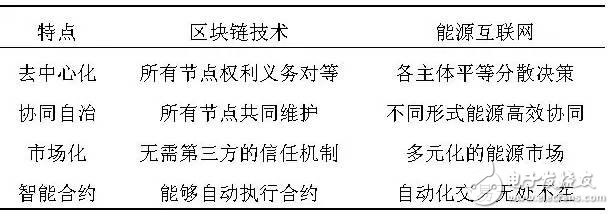
Table 1 Blockchain Technology and Energy Internet Concept
Application dimension of blockchain technology in energy internet
The core function of blockchain technology is to rely on the center or third-party organizations to ensure the authenticity of data, break the barriers to trust, greatly reduce the trust cost of business development, and promote the efficient development of business. The technical characteristics of the blockchain are in line with the concept of the energy Internet, making the blockchain potential to become one of the important technological solutions in the energy Internet. As shown in Figure 1, the application of blockchain technology in energy Internet can be summarized and analyzed from three aspects: functional dimension, object dimension and attribute dimension.
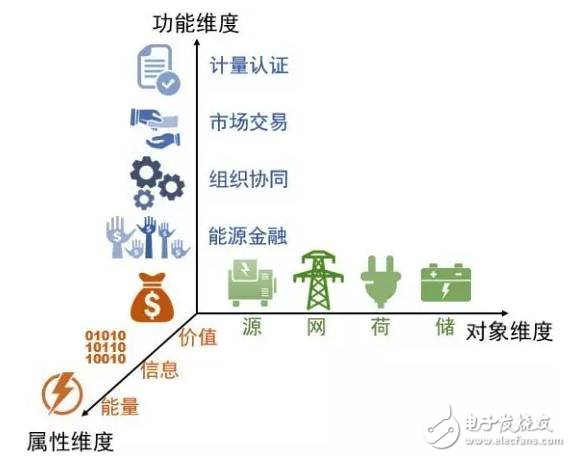
Figure 1 Application of blockchain technology in energy internet
In the functional dimension, the blockchain decentralizes the data storage model and technology to include transparency and traceability naturally, so it is well suited for occasions where authentication and exchanges are required to organize and guarantee third parties. The blockchain can achieve trustworthiness and self-organization in the mechanism, so there is no need for the existence of third-party institutions, which is of great significance to the future energy system under "Internet thinking". Specifically, it will play a huge role in the measurement of energy and emissions, the market transactions of energy and its derivatives, the organization of multi-energy multi-agents, and energy financing.
In the object dimension, the traditional energy system presents a clear structure of source, network and load boundary, and a large amount of energy storage technology will be introduced in the future energy Internet, and the boundaries of source, network and load are gradually blurred, and the coupling in different energy systems. Gradually enhanced. The Internet of source, network, Dutch, and storage has created great challenges to traditional operations and trading mechanisms. The characteristics of blockchain equivalence and decentralization can provide key technical support for the development of Internet of source, network, Dutch and storage.
In the attribute dimension, the blockchain is essentially a distributed database technology. The objects stored in the database can not only be "value" quantities such as bitcoin, but also can store other quantities that need to be registered, authenticated, traced, traded or shared. Such as ownership, production processes, control signals, copyrights and even health files. Energy Internet is a network that integrates energy, information and value. The information flow and physical flow are deeply integrated and flowed in both directions. The open and flat energy system will breed free and diversified energy and its derivatives market, which will bring complex and diversified “valueâ€. Streaming, blockchain can support the operation of the energy Internet in terms of energy, information and value.
Typical Application of Blockchain Technology in Energy Internet
The blockchain provides an intelligent system platform for the certification of carbon credits and the measurement of carbon emissions, as shown in Figure 2.
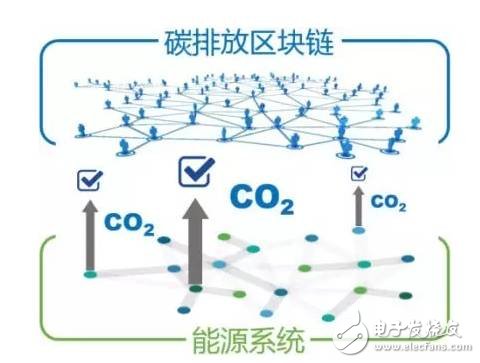
Figure 2 Application of blockchain technology in carbon emission certification
The decentralized nature of blockchain helps solve some of the security issues facing physical information systems, see Figure 3.
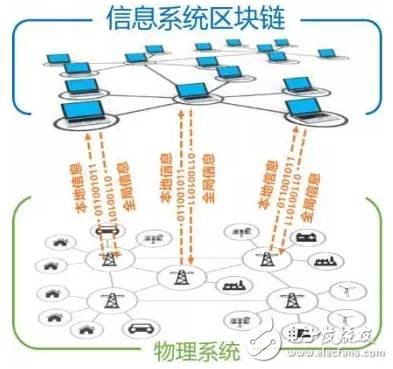
Figure 3 Blockchain technology in the application of information physics system security
The blockchain provides a low-cost, open and transparent system platform for the trading of virtual power generation resources, see Figure 4.
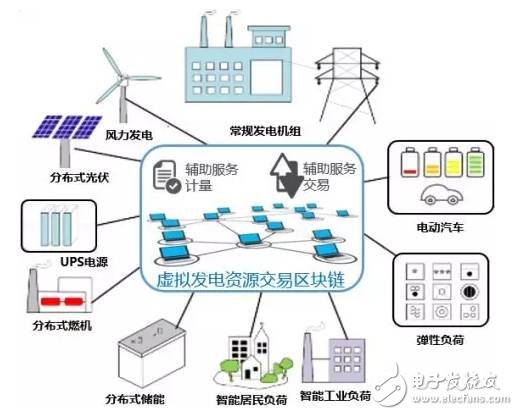
Figure 4 Application of blockchain technology in virtual power generation resource trading
The blockchain provides a decentralized system platform for multi-energy systems, see Figure 5.
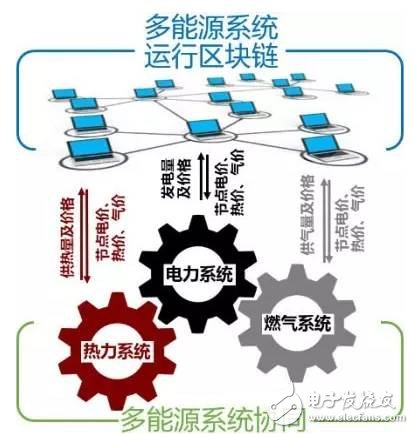
Figure 5 Application of blockchain technology in multi-energy system collaboration
The challenge of blockchain technology in energy internet application
The application of blockchain technology in the energy Internet still has enormous challenges. Some of these challenges come from the limitations of blockchain technology itself, and partly from the potential constraints of the combination of blockchain and energy Internet. In the application of the energy Internet, there are still some endogenous shortcomings in the blockchain:
1) There is still a bottleneck in the computing power and response speed of the blockchain;
2) Fault-tolerant challenges of asynchronous consensus networks;
3) The lack of responsibility of the smart contract. In addition to the blockchain endogenous short board, the characteristics of the energy Internet itself make the application of blockchain technology in the energy Internet face different challenges: 1. The block network technology has less energy Internet practical experience; 2. The energy Internet monopoly Sexuality poses a threat to blockchain information security; 3. The challenges inherent in the complexity and physical laws of the energy system; 4. The blockchain law and regulation still need to be improved.
Glass Led Display,Transparent Glass Led Display,Transparent Led Glass,Outdoor Transparent Led Display
ShenZhen Megagem Tech Co.,Ltd , https://www.megleddisplay.com
